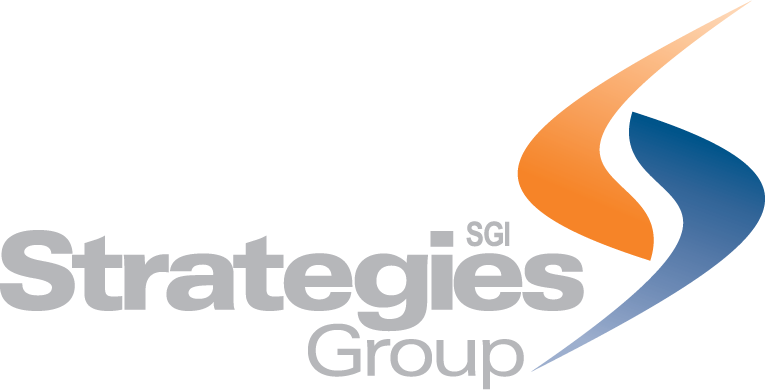Three ERP Investment Gotchas

Your fellow business professionals will likely say they are glad they made an ERP investment; ERP systems give a company strengthen collaboration, efficiency, and profitability.
If you ask the same professional if they would choose the same ERP platform again, they will likely say no. Companies often make the right choice to move to an ERP system, but don’t pick the right ERP for their business.
Before you invest in a new system, review these three areas to avoid the regret of bad system selection.
1. Know the overall cost of your options
The purchase price of your software is the largest cost when looking at an ERP investment. This cost can have a large impact on how your business expenses in the future so it is often the price that you pay the most attention to. However, this isn’t the only expense; it is just one element of the total cost.
When you are planning a project as large as an ERP implementation, it is easy to overlook some cost areas, especially those that are hard to estimate. For example, the costs of staff training.
Document the costs of the following before you set on a system:
- Data- It is your business information, but do you own it? Does the software supplier have the right to use, sell, or limit access to your data?
- Key People- To ensure a successful implementation, your managers will need to make many strategic decisions that require a significant amount of their time. This is time that they won’t be able to spend on their regular duties.
- Work breakdown and schedule- Check all the details and estimates. Who is responsible for your tasks: your team or your vendor? Does the implementation schedule work for your team? If the plan includes integrations or customizations, make sure the business requirements are accurate, and technology is a modern, cloud-based platform.
- SaaS vs. on-premise- Do you have a choice of where to install the software? Depending on your business you may need a combination of cloud-based software and on-premise solutions.
- Software- Your initial software price might seem great, but will the price increase in the future? Is it growth-friendly pricing or does your supplier charge for every user regardless of usage?
- Training- Will the training your vendor provides meet your needs? Is training included in your cost or will there be an additional cost? Do you need online or onsite training?
- Support- Does your purchase include software maintenance releases or support?
- Upgrades- How much do upgrades cost? If you are planning on running the software on your servers be sure to check the costs associated (hardware upgrades, etc.).
Stay optimistic about ERP shopping, but also realistic. Pay attention to your costs and schedule and how both will affect your business in both the short and long term.
2. Define all the benefits
Most companies chose to invest in a new system due to some catalyst. For example:
- Old computer equipment such as servers that slow down your business—or fail
- Your software supplier does not invest in your system—or drop support completely
- Your business needs change and your current software won’t meet them.
- You are expanding or buying more assets and your current system cannot handle it
If you are facing challenges with your system, write them down. Then document how you would like your new system to meet your needs. This is how you can make sure you purchase the right system.
An ERP system can improve your business in many ways, but only if it is the right system for your business. Here are a few benefits businesses often experience:
- Users are able to log onto a consistent, easy to use interface
- The system supports your entire business from day to day operations, to accounting, to sales and marketing across multiple locations
- Executives, managers, and staff can make business decisions quickly due to access to secure, real-time dashboards on their phones and tablets
- Document management, analytics, and other key features are built into the system
- Sales and service staff can manage customers, opportunities, and service issues online with customer relationship management (CRM) and field service
- Accurate costing improves margins on current business, and it enhances quotes and estimates for new business
- Accounting processes such as billing, cash flow management, revenue recognition, and fixed asset management are streamlined
Make sure the ERP system you are considering can deliver the improvements your business needs.
3. Do the math
Return on investment (ROI) and total cost of ownership (TCO) can simplify the value of an ERP implementation. You can make both of these calculations as simple or as detailed as you see fit.
At the beginning of your software search, you can start with ballpark estimates of costs and benefits. This is an easy way to weed out any systems that cost entirely too much or have a low ROI. You may need to do more research before you are confident of your forecast.
We provide ROI and TCO worksheets and calculators to help you start measuring the financial value of your investment. Our team has the expertise to work with your team on refining the value and cost of your project.
Need more help? Contact us.
Anytime you have any questions about your ERP investment or implementation, please contact us. We are eager to help!
